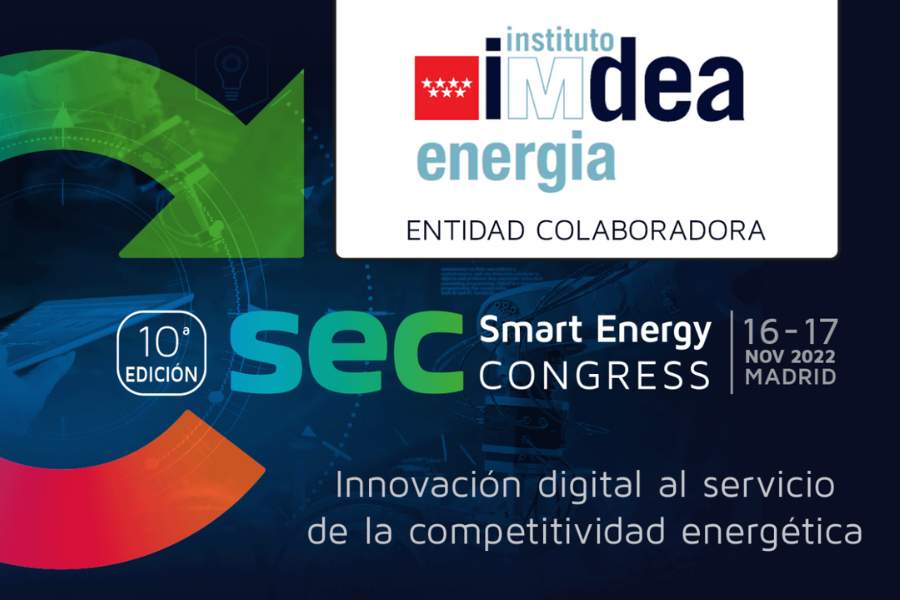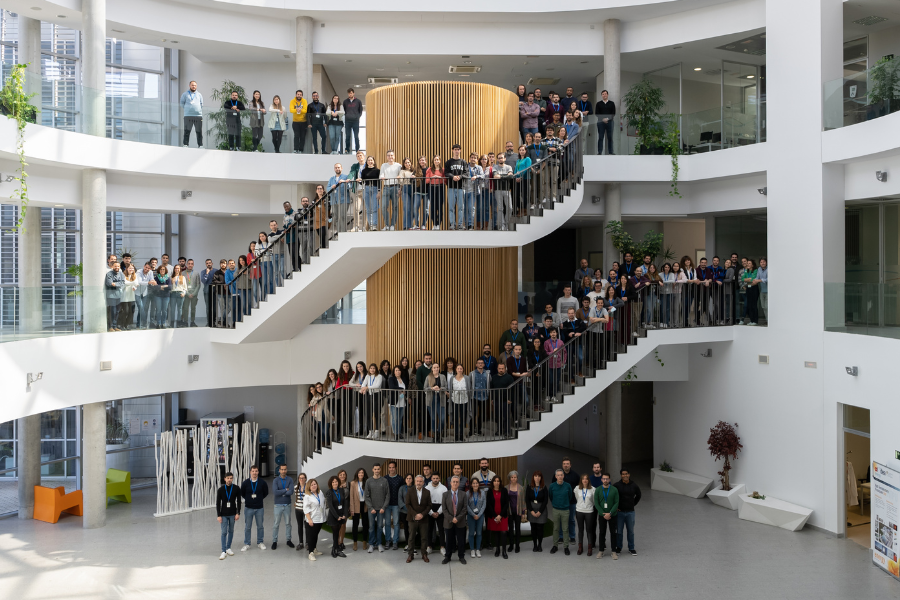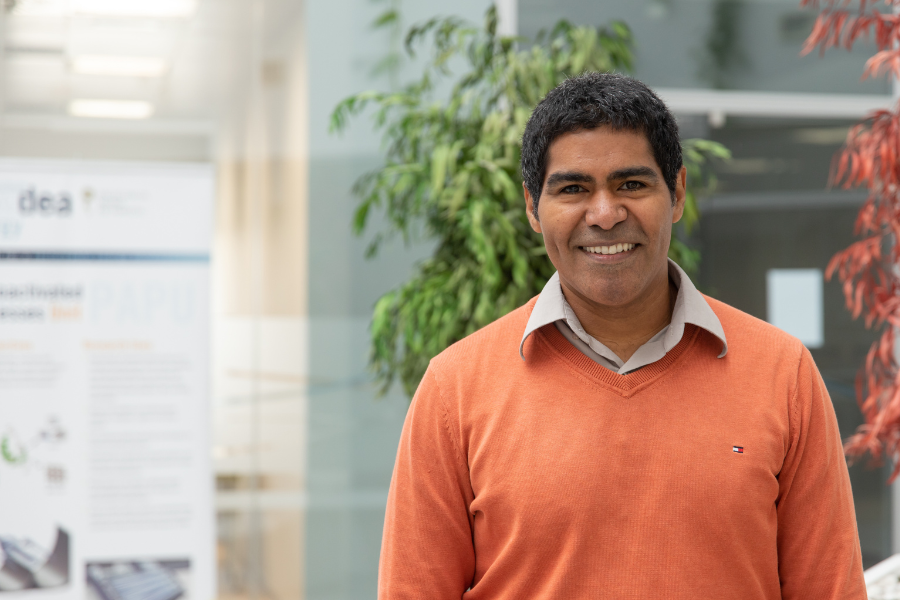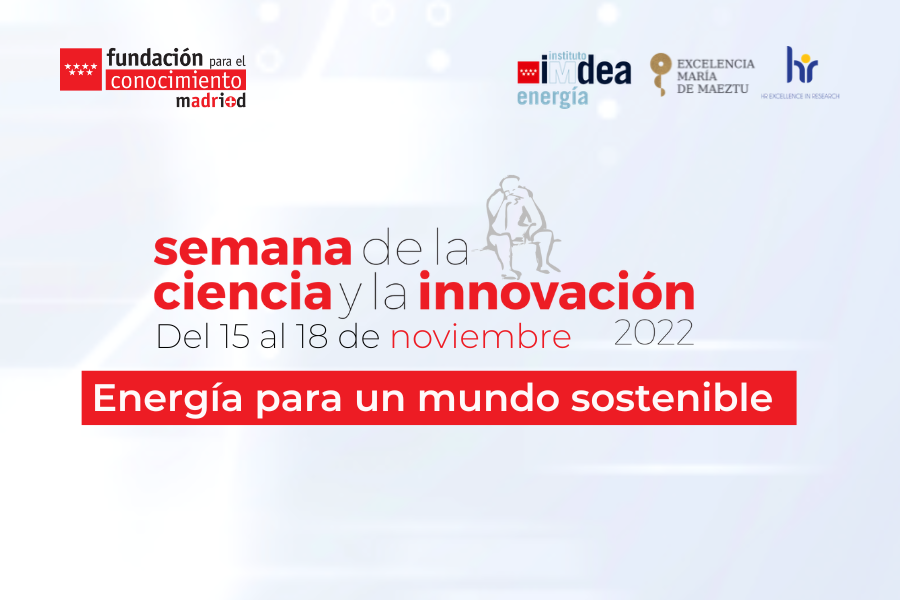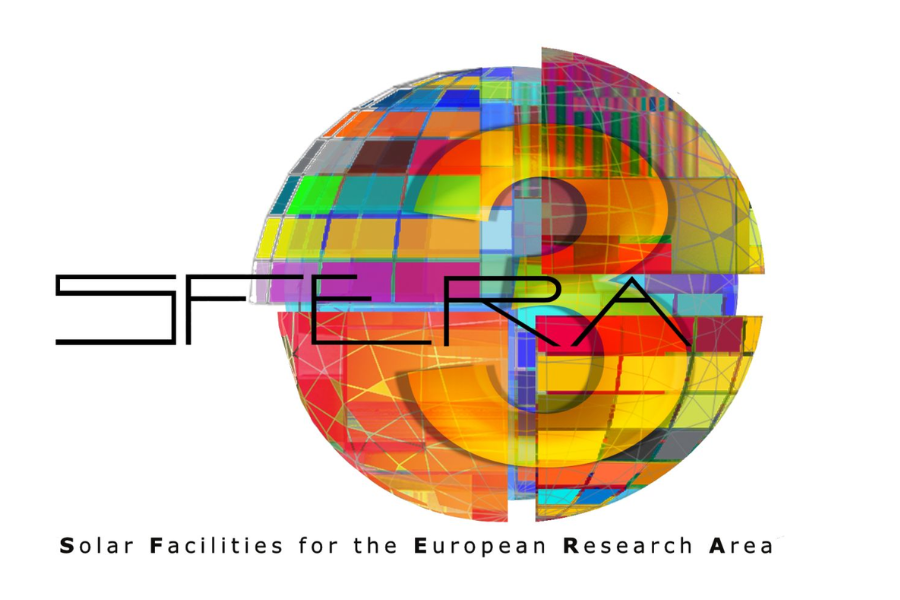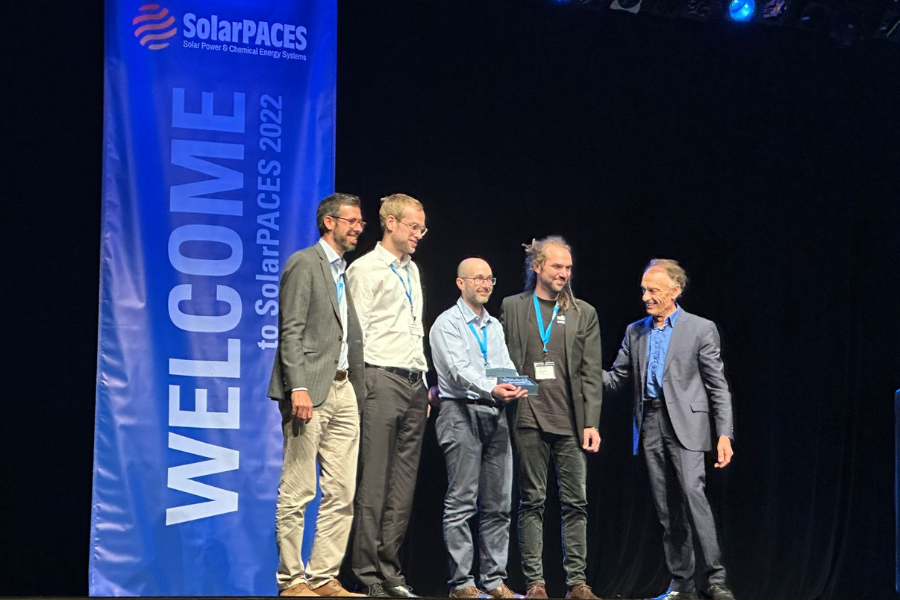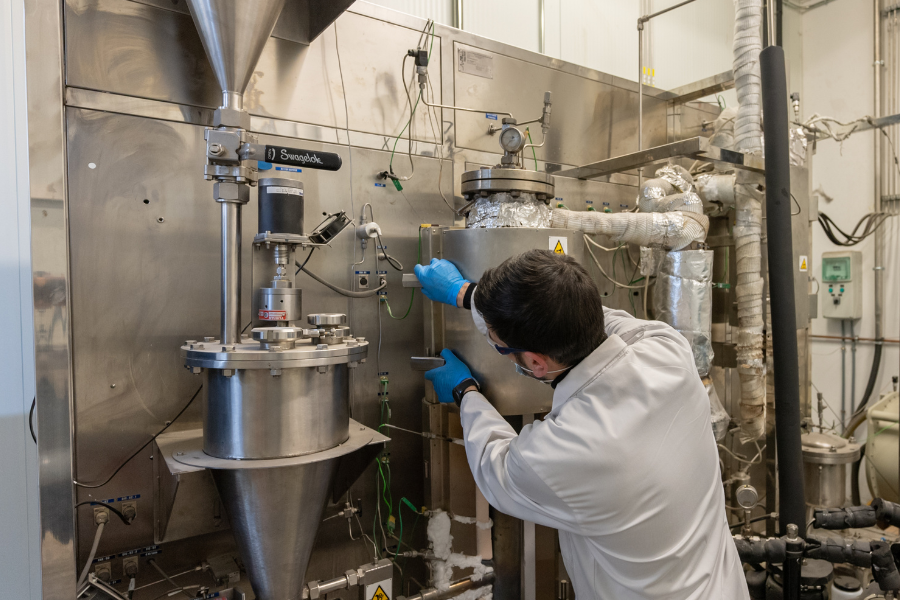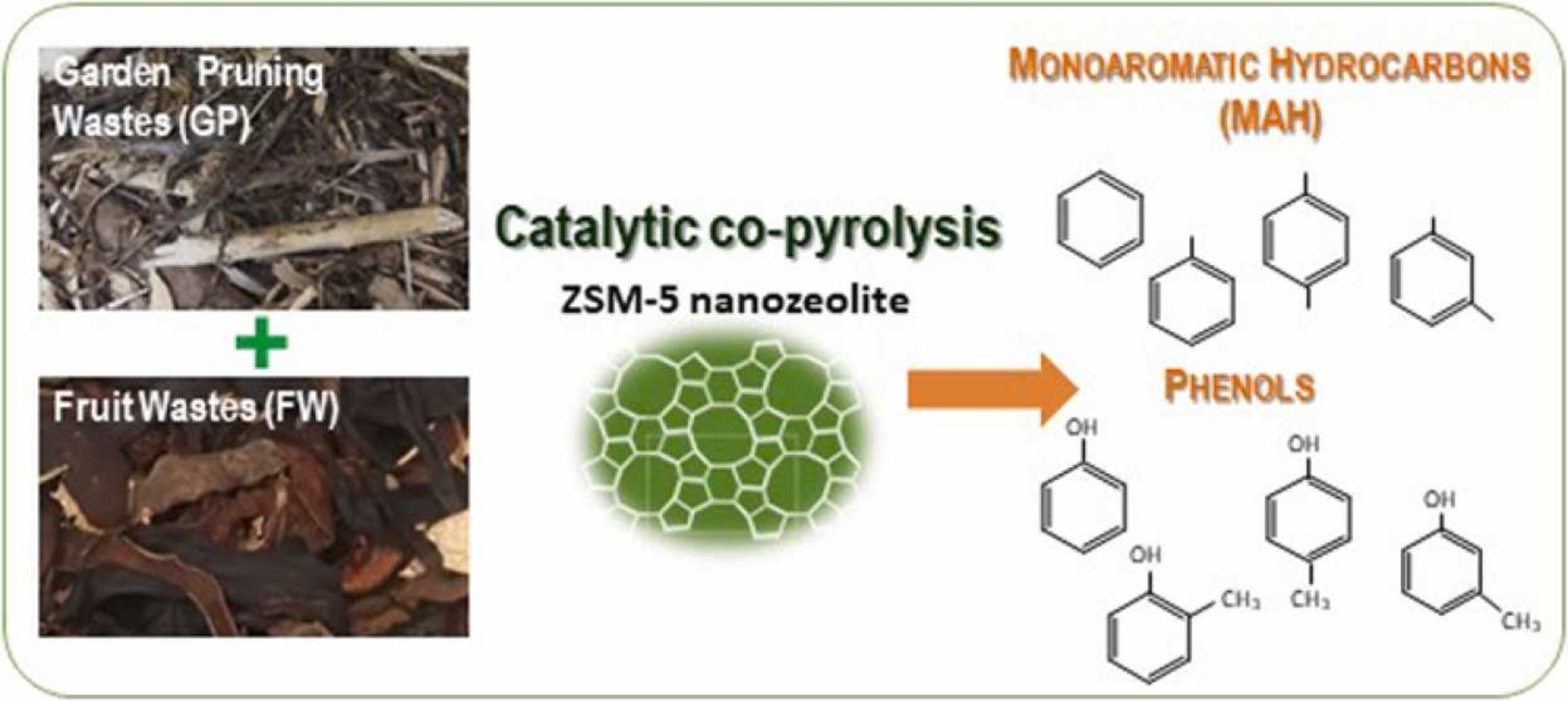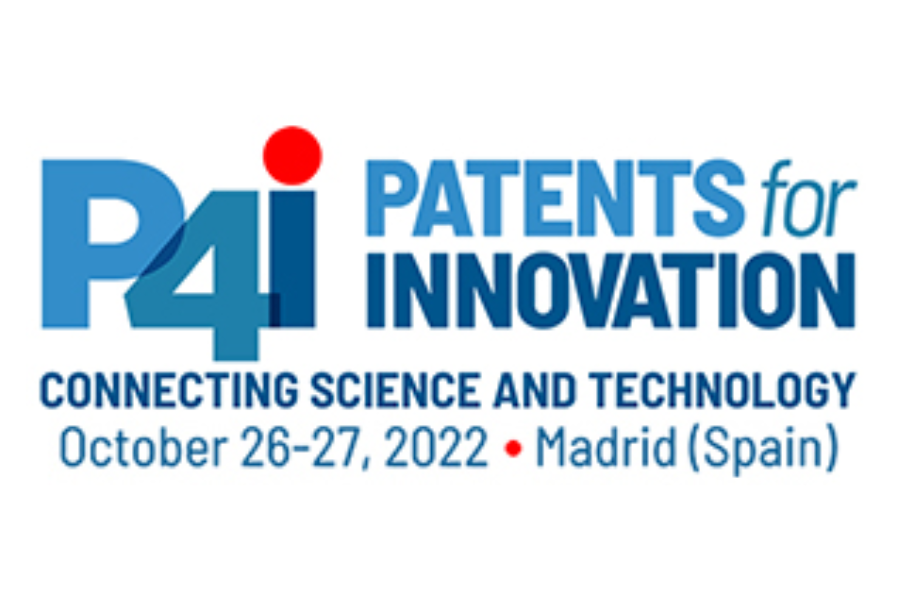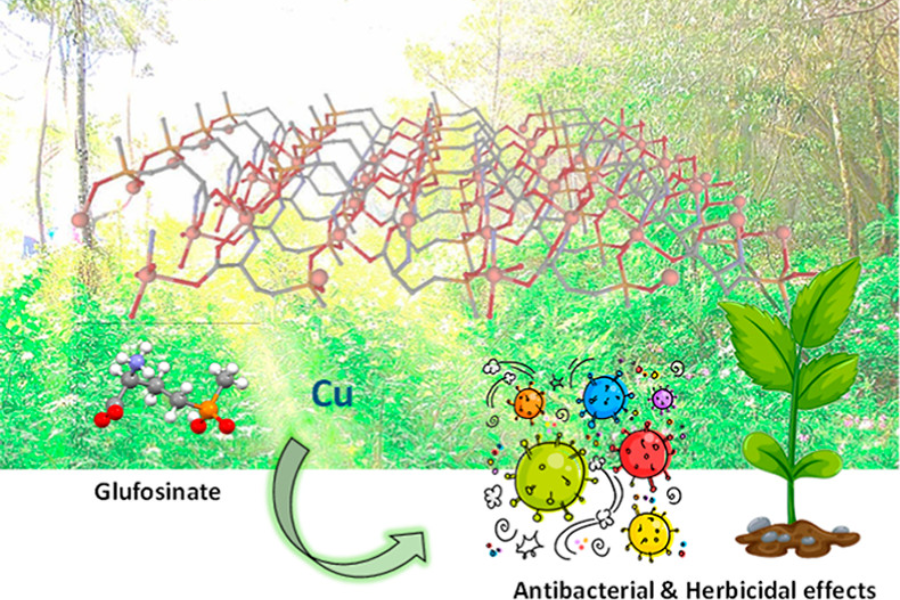IMDEA Energy will moderate the Round Table “New energy models and optimization of key operations: Trends, Opportunities and Innovation” at SEC2022
The debates of the Round Table “New energy models and optimization of key operations: Trends, Opportunities and Innovation” that will be held in the Technology Auditorium of the “Smart Energy Congress & Expo (SEC) 2022″ on Thursday, November 17, from 13:00 to 2:00 p.m., will be moderated by Félix Marín, Head of Development and Technology Transfer at IMDEA Energy. Representatives of companies working on hydrogen energy systems, energetically flexible buildings or the digitization of large renewable installations will participate at the table.
The IMDEA Energy Institute is a collaborating entity of the ‘Smart Energy & Expo (SEC) 2022’ to be held at the North Convention Center of IFEMA. Madrid, on November 16th and 17th, organized by the enerTIC Platform.
Free registration: https://enertic.org/congreso2022/


